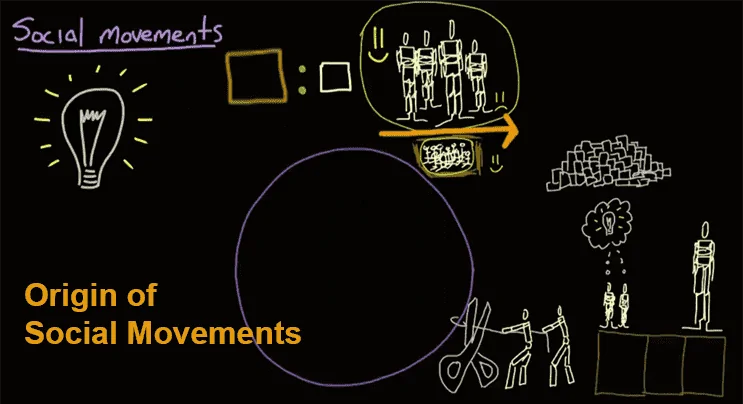Describe the Sikh Social Organization.
Sikh Social Organization: The Sikhs are the third major religious minority in India. They constitute about 2% of the total population of India that comes to 16.26 million people. Significantly, the overwhelming majority of the Sikhs are still concentrated in Punjab. Of their total population 78.5% reside in Punjab, 6% in Haryana and the remaining in Himachal Pradesh, Rajasthan, Delhi, Chandigarh and Jammu and Kashmir.
Sikhism had its origin in Bhakti Movement which was against the unequal directed Hindu caste system. It exhorted brotherhood and common love for God. Thus, Sikkism emerged as a revolt against religious bigotry and rejection of the concept of pollution, purity of the Hindu caste system.
Guru Nanak was the founder of Sikhism who was born in Talwandi-Nankana Sahib (now in Pakistan) in 1469. Early in life he associated himself with holy men, organized community hymns and free lunches for all. Eating together of Hindus and Muslims characteristic a denial of caste-barriers. Several miracles and marvels are associated with Guru Nanak.
Religious morality and principles of equality were illustrated in the way the Sikh Gurus lived and conducted themselves rather than through preaching.
This led to easy and immediate identification with the religion. Contrary to the idea held by Hinduism, Sikhism called for a virtuous engagement in the duties of a householder rather than withdrawal from the world. Asceticism, penance, celibacy etc. have no relevance in Sikhism.
According to Guru Nanak God is the only entity which exists in the world and everything else is apart of Him. He is formless, timeless, and all-powerful. Gum Nanak emphasized the centrality of one and the same God despite His several manifestations in different religions. Waheguru was the particular way of addressing God by the Sikh.
The ‘Adi-Granth’ or the Granth Sahib’ is the sacred scripture which was compiled by the fifth Sikh Guru, Guru Arjan Dev. It is respected by them as they would respect a living Guru, hence it is called Guru Granth Sahib. It is placed on a comfortable seat adorned by colorful, silk sheets. The Granth is placed in all places of Sikh worship which is called Gurudwara.
The Sikh scripture has a unique feature. It includes the hymns of several Muslim as well as Hindu saints. It makes no distinction between the hymns of the Sikh Gurus and those of others. This is due to the concept of brotherhood and equality.
Sikhism took to arms for self-defence which was formally incorporated by Guru Gobind Singh through the institution of Khalsa. To keep the status of a Sikh, five emblems were taken on
- Kesha (hair) A Khalsa was supposed to keep long hair and should not cut it off.
- Kangha (comb).
- Kachcha (drawers) these were worn by the soldiers.
- Kirpan (Sabre)
- Kara or the bracelet of steel.
However, the tradition of equality and brotherhood continued. Even the arms were to be used for the right cause. The Sikhs created a strong impact upon the Mughal rulers. With the invasion of the Persians, Sikhs formed into’mists’ and demanded protection money from towns and villages.
Finally the Sikhs moved in as rulers of Punjab. Ranjit Singh who established the first and the last kingdom was a secular king. After his rule, there were several internecine conflict and finally Punjab was annexed by the British in 1849. After the Jalianwala Massacre in 1919, the Sikhs, turned against the Britishers. Independence in 1947 along with the partition of the country had negative impact on the Sikh who suffered a great deal.




